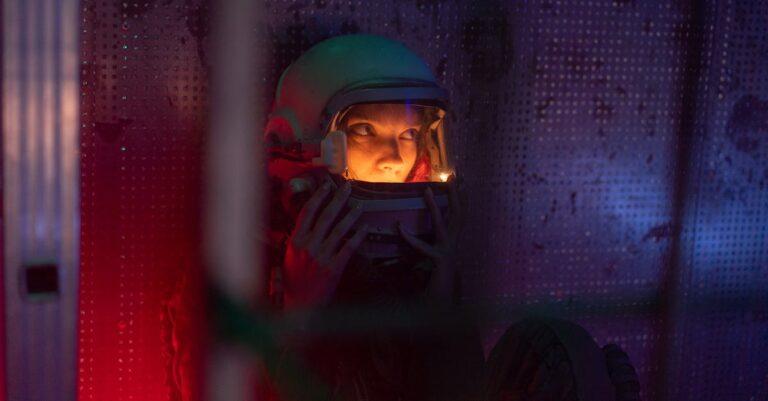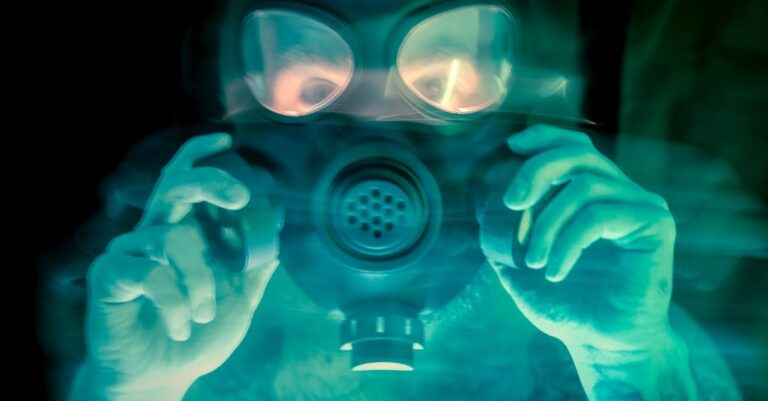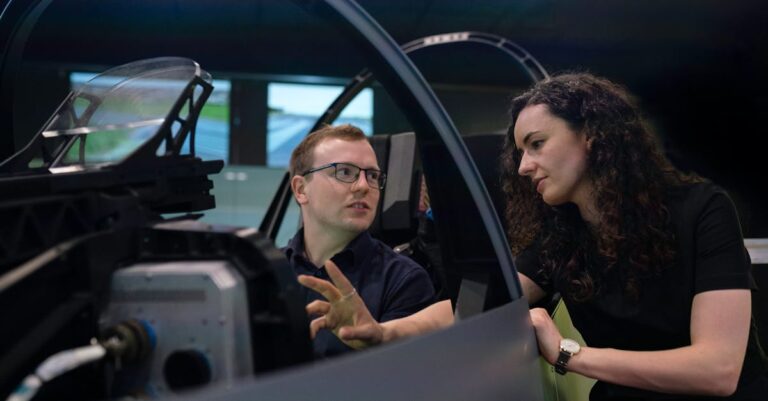
The first time she saw it, the shadow was too sharp. Not the kind that flickered at the edge of her vision, but a solid thing, standing in the corner of her apartment where no light reached. It didn’t move when she turned. It didn’t breathe. She told herself it was a trick of the bulb’s flicker, the way the overhead light buzzed like a trapped wasp. But the next morning, it was gone. And the day after, the wall beside her bed had a smudge of something—dust, maybe, or a fingerprint—that wasn’t hers.
The experiment began with a needle. Not the sharp kind that pricked her finger for blood, but a thick tube inserted into her spine during a sleep she didn’t remember. They called it Neural Resonance Therapy, a treatment for the migraines that had started after the accident. The doctors wore white coats and spoke in clipped sentences. Dr. Voss, the lead, had eyes like polished slate. He never smiled. “You’ll feel a pressure,” he said before the procedure. She felt it—a slow, grinding ache, like her skull was being split open and refilled with liquid glass.
The visions came after the first session. At first, they were small: a flicker of a woman in a red dress, her face blurred, standing in the doorway of a room that didn’t exist. Then the whispers. Not voices, but impressions—words pressed into her skull like wet clay. She started sleeping with the lights on. The shadows in her apartment grew longer at night, stretching into shapes that didn’t belong. One morning, she found a photo on her desk, a faded black-and-white image of a man she didn’t recognize. His eyes were hollow, his mouth frozen in a scream. The back was stamped with a date: May 12, 1987.
“You’re not supposed to be here,” Dr. Voss said when she showed him the photo. His voice was calm, but his fingers twitched against the desk. She didn’t know if it was a warning or an admission.
The memories came next. Not her own, but fragments of lives that weren’t hers. She saw a man in a hospital bed, his skin translucent, whispering something about a code. She felt the weight of a gun in her hands, the recoil against her palm. She smelled smoke and burnt plastic, heard a child’s laughter that didn’t belong to her. The lines between past and present blurred until she couldn’t tell which was which. She stopped answering the phone. She stopped going outside. The walls of her apartment seemed to pulse, like they were alive, watching.
One night, she found the file. It was hidden in a folder labeled “Subject 7,” but the name inside wasn’t hers. The report described a procedure called Lattice Synthesis, a method of embedding neural pathways from other minds into a host. The subject’s memories were supposed to integrate, creating a composite consciousness. But something went wrong. The test subjects began to dissolve, their identities eroding into something else. “The lattice is unstable,” the report concluded. “Containment is critical.”
She didn’t know if she was the test subject or the experiment. The doctors never asked her questions, only gave her instructions. “Stay still,” they said. “Don’t move.” She wondered if they could see it too—the way the air shimmered, like heat rising from asphalt. If they heard the whispers, too.
The last vision came on a Tuesday. She was standing in a hallway that stretched forever, its walls lined with doors that opened into different times. Each door had a name etched into it: “Mother,” “Father,” “Sister.” She reached for one, but the handle was cold, and when she touched it, the door swung open to reveal a room filled with mirrors. Each mirror showed a different version of herself—some older, some younger, some not human at all. The reflections didn’t move. They only watched.
She woke up in the hospital, her head pounding. Dr. Voss was there, his face unreadable. “You had a seizure,” he said. “We’ll need to adjust the protocol.” She didn’t tell him about the mirrors. She didn’t tell anyone. But she knew now—the lattice wasn’t just in her mind. It was everywhere. And it was waiting.
The next time she saw the shadow, it was in the mirror. It didn’t move when she moved. It didn’t breathe. It only watched.


